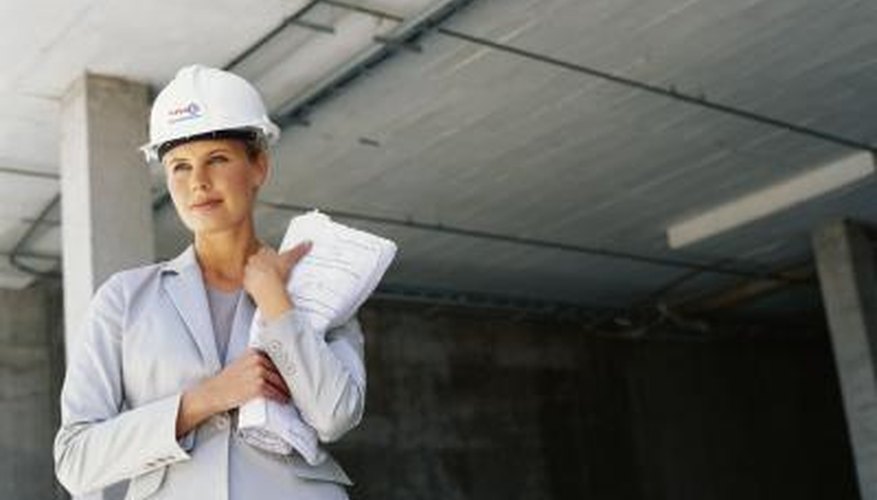There is no single dress code for mechanical engineers. You should dress appropriately for the tasks you have scheduled. Some days you may need to wear overalls and a hard hat; other days you wear a suit to deal with clients. Your career may include short site visits, longer field support assignments or traditional office work. Your best wardrobe should be versatile, so that you can quickly adapt to the needs of a particular assignment. Because each company has its own style, be sensitive to what other people are wearing, and try to dress in the manner of the people who hold the jobs you want.
The Job Interview: Men
Engineers dress practically. The culture of most engineering firms discourages extreme fashions. For interviews, you're unlikely to go wrong with a conservative suit in a dark colour with a white or pale blue shirt and subdued tie. If you don't own a suit, or if the firm mentions suits are not necessary for the interview, dress slacks, a wool sport jacket, a collared shirt and tie are less formal than a suit but still look crisp and professional. Dark socks and polished leather shoes complete your ensemble.
- Engineers dress practically.
- If you don't own a suit, or if the firm mentions suits are not necessary for the interview, dress slacks, a wool sport jacket, a collared shirt and tie are less formal than a suit but still look crisp and professional.
The Job Interview: Women
Women have a wider range of clothing choices than men, but many of the same principles apply about looking professional. Avoid extreme fashions, very high heels, bright colours, excessive make-up and anything too revealing. A suit or separates with either skirt or non-jean trousers and a jacket can look professional. If the job involves onsite work, wear practical shoes and trousers to give an impression of someone comfortable with getting her hands dirty rather than a skirt and high heels.
- Women have a wider range of clothing choices than men, but many of the same principles apply about looking professional.
- If the job involves onsite work, wear practical shoes and trousers to give an impression of someone comfortable with getting her hands dirty rather than a skirt and high heels.
At Work: Men and Women in the Office
Most engineers wear business casual. A button-down or polo shirt with khaki trousers is almost a uniform at many workplaces for both genders. Many engineers keep a jacket in their cubicles. If you're summoned to a meeting with upper management or customers on short notice, add a jacket to look more formal. Many men also keep a tie in their briefcases for quick formality upgrades.
- Most engineers wear business casual.
- Many men also keep a tie in their briefcases for quick formality upgrades.
In the Field
For how to dress at field sites, ask your supervisor and check relevant safety codes. Hard hats and work boots may be required. Protect your clothing with overalls if the site is likely to be very dirty. If your job requires travel, consider stain- and wrinkle-resistant microfiber clothing that can by washed quickly in a hotel sink. A few washable collared shirts, trousers, changes of underwear, sport jacket and a lined raincoat cover most job situations and allow you to avoid checking luggage on aeroplanes.
- For how to dress at field sites, ask your supervisor and check relevant safety codes.
